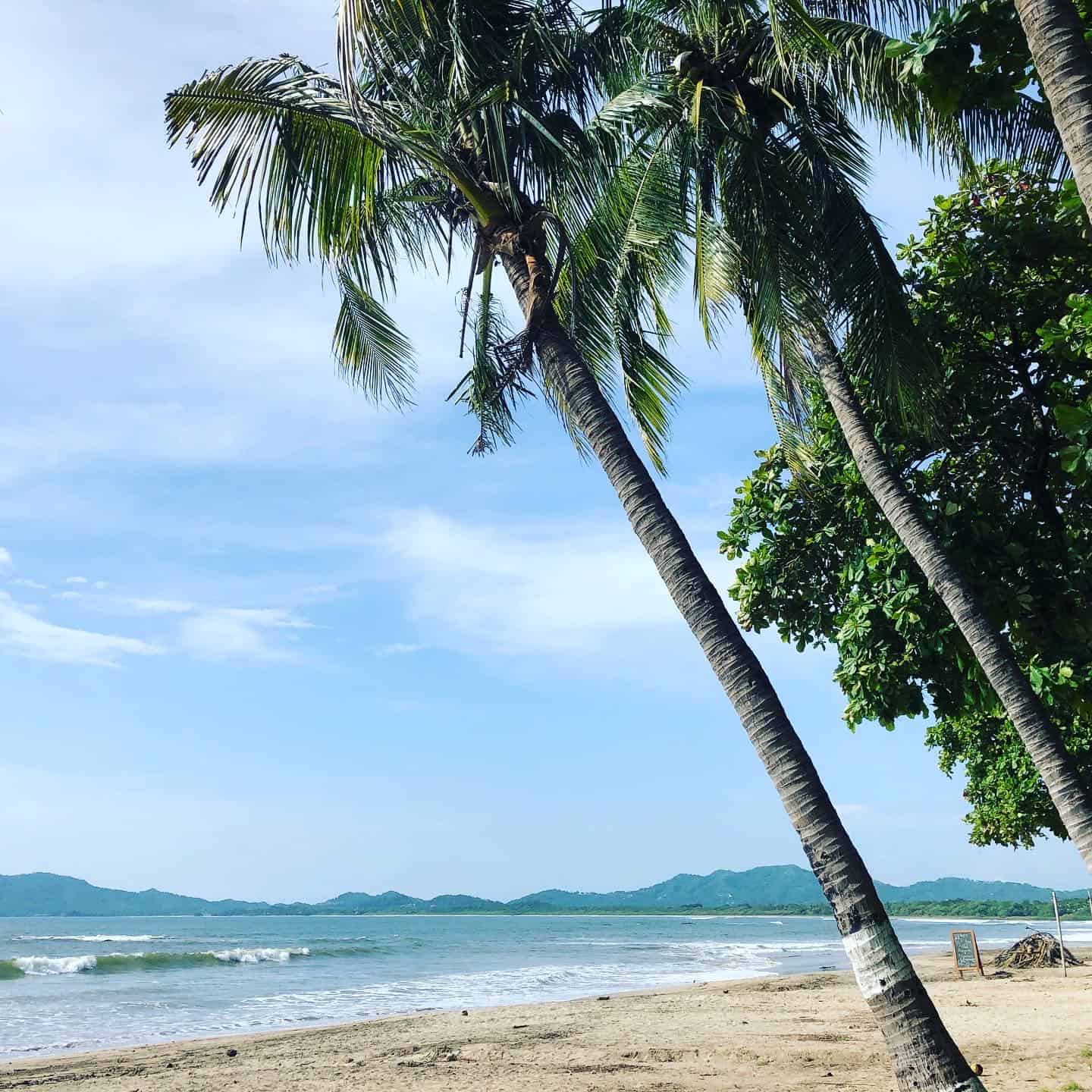In an effort to put an end to the devastation of trees in the vicinity of the Playa Tamarindo estuary in Santa Cruz, Guanacaste, The Clean Wave Foundation, along with the SalveMonos Association and the Tamarindo Integral Development Association, have issued an urgent call to action.
This destructive activity has resulted in detrimental environmental consequences within the Maritime Terrestrial Zone and poses a significant threat to a crucial connectivity project in the mantled howler monkey habitat.
Recent discoveries have revealed that a method known as “girdling” was employed on approximately 12 trees adjacent to the estuary. Girdling involves making a complete circular incision around the tree’s bark, affecting the phloem layer.
The primary role of the phloem is to facilitate the transportation of nutrients produced in the tree’s canopy to its roots. It plays a critical part in the distribution and conveyance of sap for processing, absorption, and storage. The phloem, also referred to as “liber” or “sieve tissue,” comprises plant cells lacking nuclei, forming walls through which nutrients are transported.
Andrés Bermúdez, President of The Clean Wave, has explained that the intention is to gradually desiccate the trees so they will die over a short period.
“These deliberate, clandestine acts of environmental harm were executed with the aim of contaminating the trees using highly harmful chemicals. These actions were observed in a dozen trees, with the clear intent to obliterate, annihilate, and eradicate a vital portion of the forest that served as an essential food source and a safe haven for numerous wildlife species,” he said.
Significant Environmental Impact
The Playa Tamarindo estuary encompasses the largest mangrove estuary in Latin America, safeguarded by the Ramsar Convention on Wetlands. This intergovernmental environmental treaty is administered by the United Nations Educational, Scientific, and Cultural Organization (UNESCO).
On October 26, Inés Azofeifa, MS.C and Field Director at SalveMonos, officially urged the Ministry of Environment and Energy (MINAE) to take legal action against the individuals responsible for girdling the trees. She called for penalties commensurate with the magnitude of the damage, invoking articles 58 and 61 of the Forestry Law.
Azofeifa emphasized that even if the act of poisoning or girdling did not lead to the tree’s outright demise, article 63.b LF would be applicable. This is considered a specific crime, regardless of the quantity of trees poisoned or girdled, as the legal offense specifies “one or more.”
Martina Trimarchi, the Founder of SalveMonos, noted that the destruction of these trees will exacerbate erosion. This is due to the seawater and river water that flows into the estuary, carrying away sediment from the affected area.
Trimarchi emphasized the importance of seeking support for the Association’s endeavors to maintain wildlife connectivity and ensure the continued cleanliness and health of the Maritime Terrestrial Zone.
In addition to the environmental harm, the destruction of these trees poses a significant obstacle to a project jointly developed by the Foundation and the Association. This project aims to construct wildlife crossings in Playa Tamarindo, which serve as transportation routes for species such as the mantled howler monkey. These primates are frequently at risk of electrocution when they use electrical cables for their movement.






